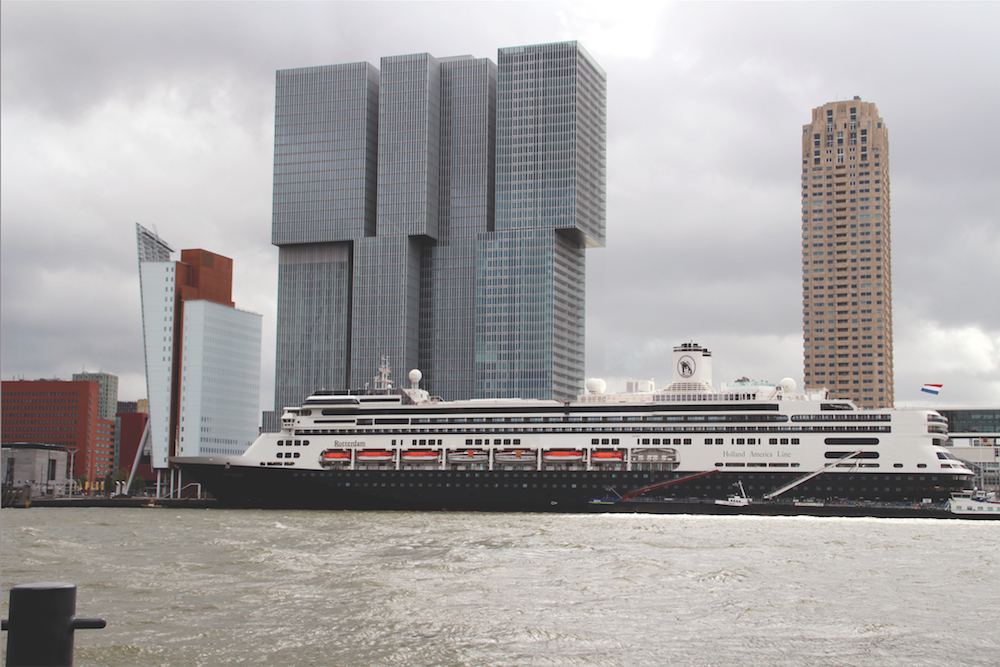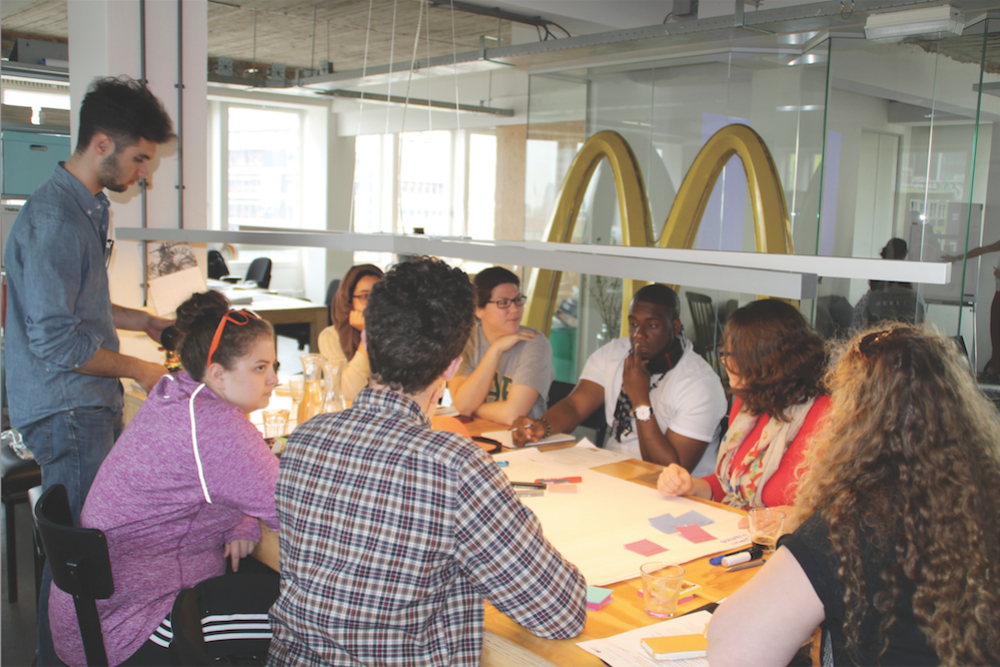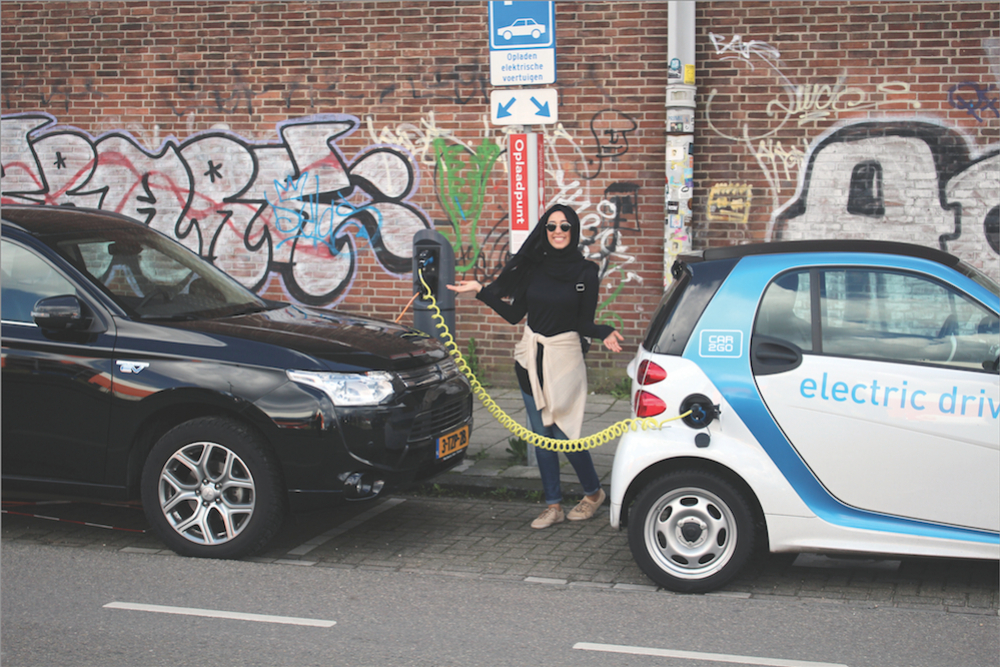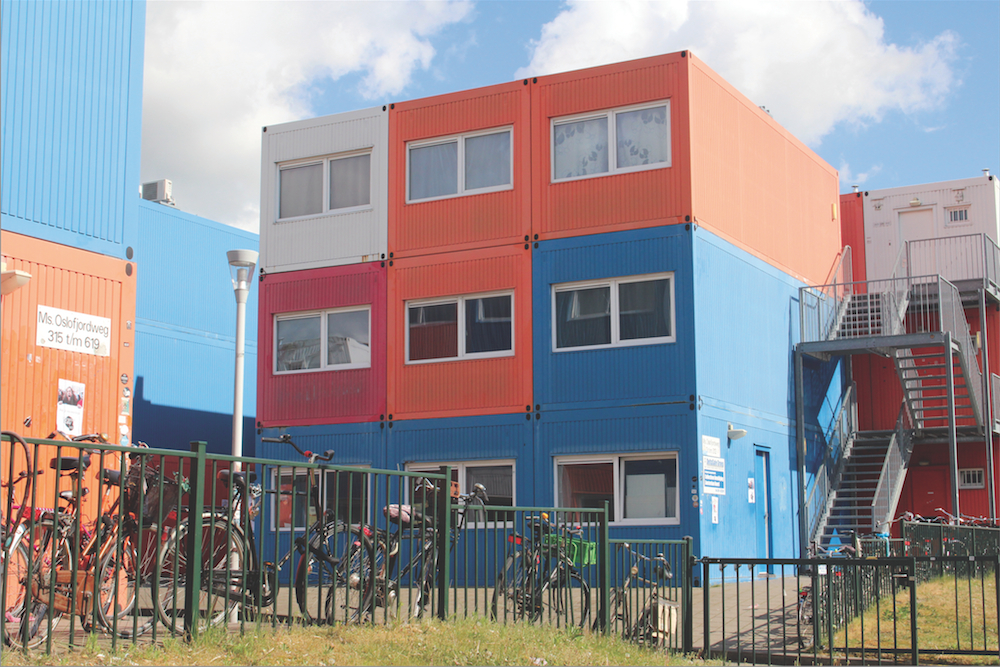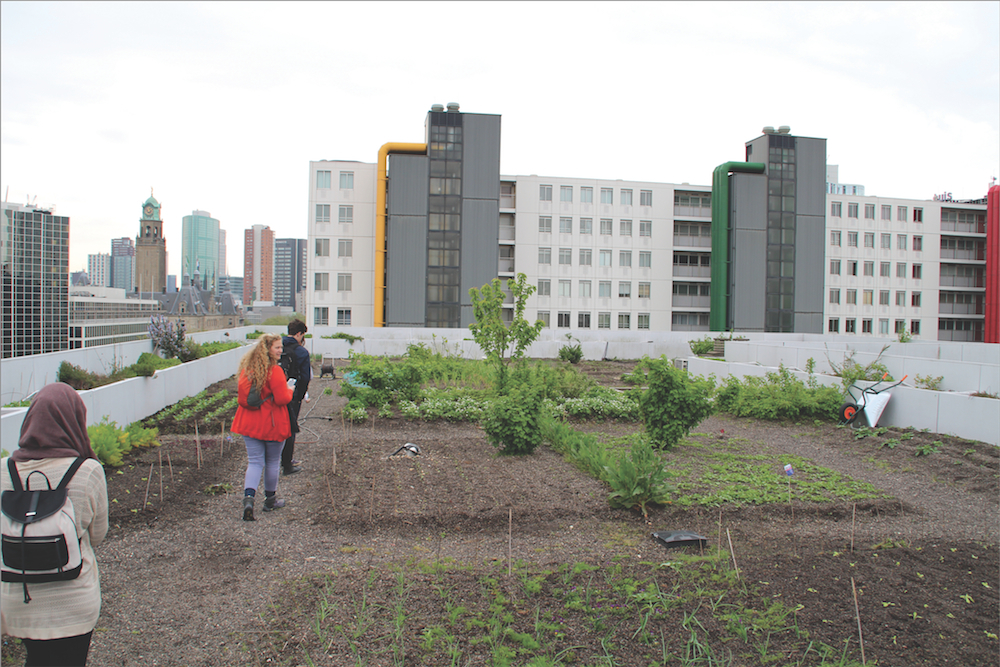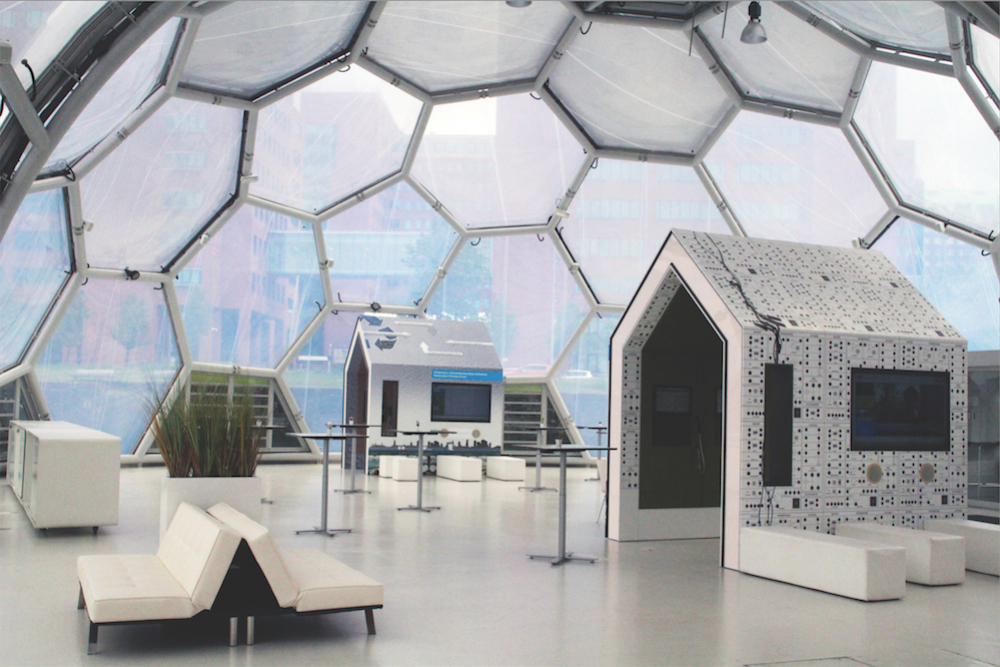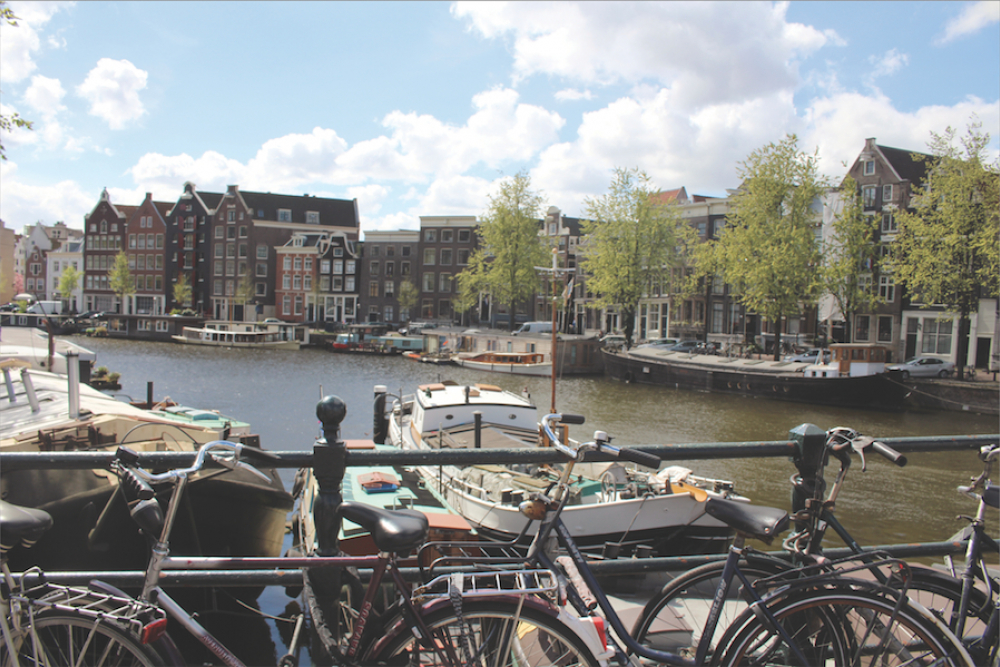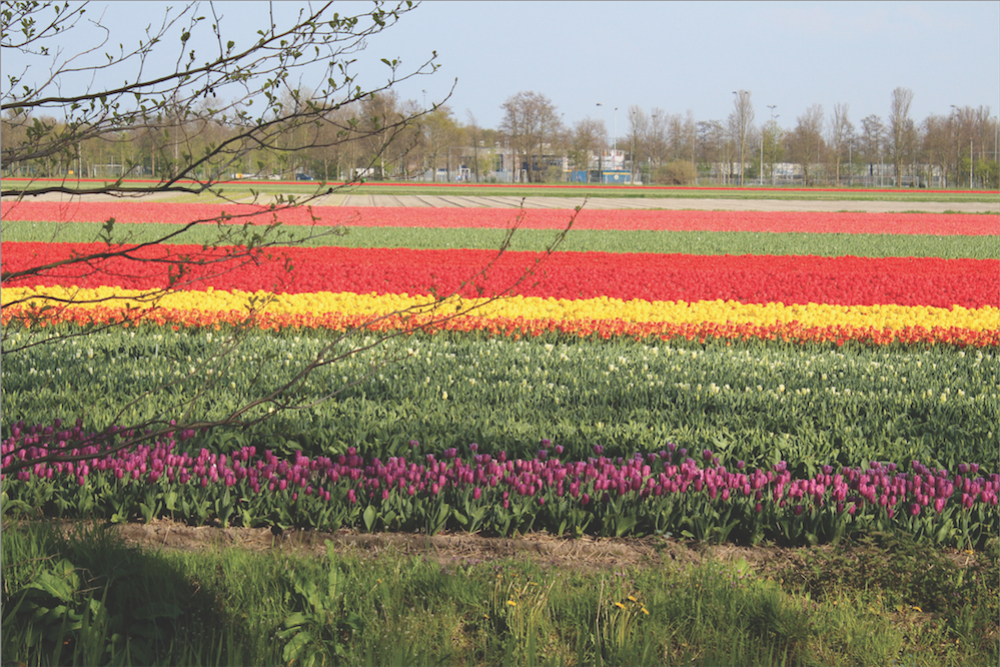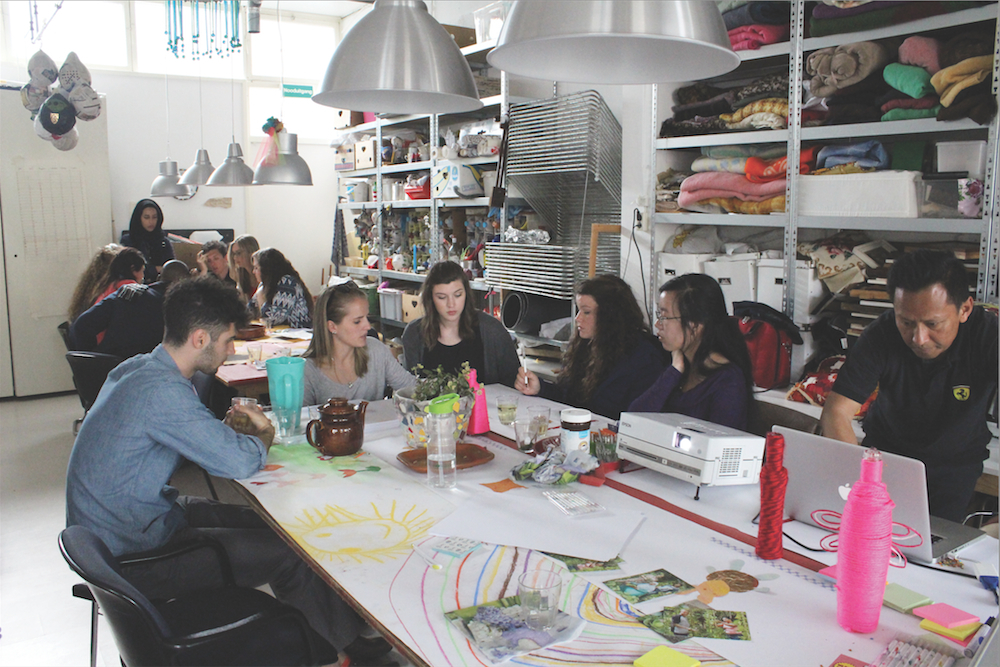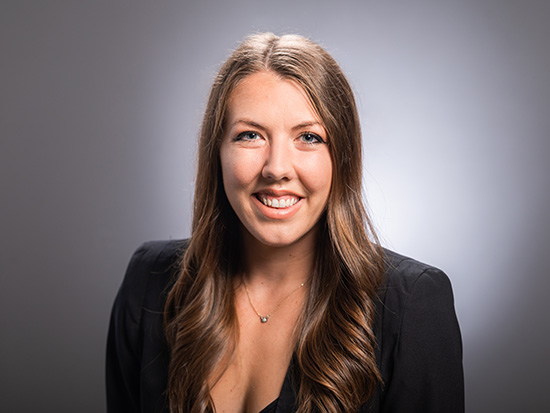Birmingham can learn a lot from Amsterdam. Just ask a Study Away cohort that studied sustainability in the Netherlands this summer.
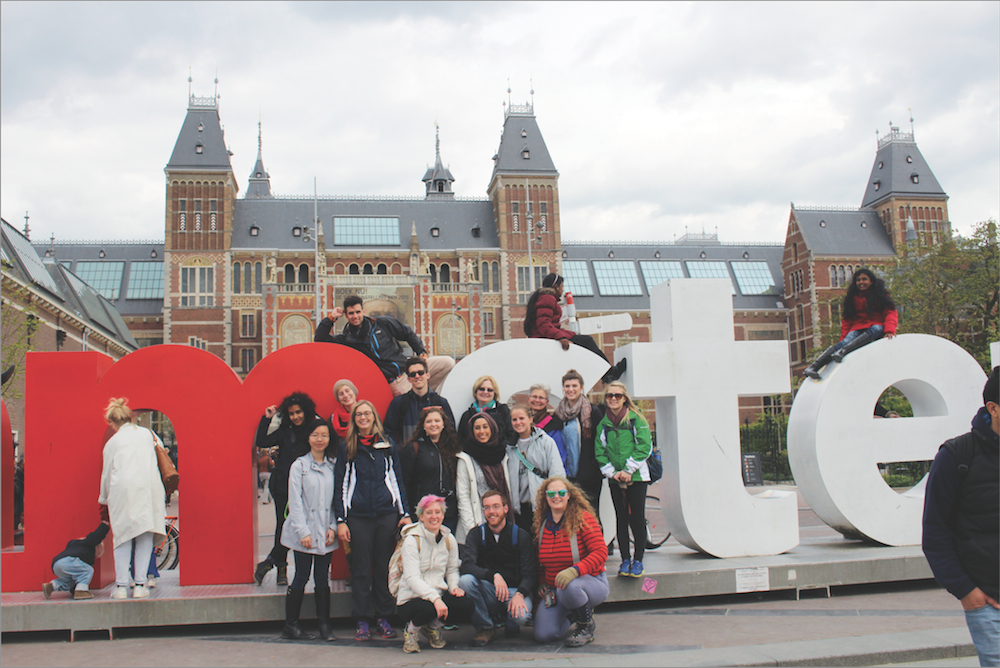 The Study Away program explored Amsterdam and surrounding areas during their two-week trip. When you get down to it, the point of any successful Study Away course is not what students experience when they are in another country, but what lessons they learn—personal, academic, and cultural—they can apply when they get back home.
The Study Away program explored Amsterdam and surrounding areas during their two-week trip. When you get down to it, the point of any successful Study Away course is not what students experience when they are in another country, but what lessons they learn—personal, academic, and cultural—they can apply when they get back home.
This summer’s Sustainability program to the Netherlands, led by Dr. Cynthia Ryan of the Department of English and Dr. Diane Tucker of the SciTech Program in the UAB Honors College, was no different. “We wanted to ask the question, ‘What works there that we could apply here?’” says Ryan. “It wasn’t about just going and seeing how the Dutch have embraced sustainability, but how we could come back with what we learned and do something here in Birmingham.”
Ryan and Tucker had long been interested in sustainability. From design and construction, to food and water use, urban planning, energy consumption, and air quality, both women had explored the topic in their own work and with students who were drawn to the same subjects. Tucker’s focus was primarily psychological: What needs to happen to motivate people to change their behaviors? What cognitive barriers exist that prevent people from embracing behavioral change? Ryan was interested in the rhetoric of sustainability: How do we talk about sustainability? What does the scientific literature tell us? What does popular culture tell us?
Time to Act
As climate change and questions of sustainability became an increasing focus in political discourse and media coverage, Ryan and Tucker decided the time was right to introduce students to a society that was tackling these complex issues in a comprehensive, creative way. They submitted their proposal for a course during the summer 2015 semester.
The two women developed the course details then worked with Dr. Brian Johnson, director of UAB’s Study Away program, to ensure the word was spread throughout the undergraduate community. “The class was filled on a first-come, first-serve basis,” Ryan says. “We took 17 students total and we could have probably taken more than that, but anything above 20 can present serious logistical challenges.”
Tucker and Ryan surveyed the students and asked them what they were most invested in. Their responses shaped the structure of the course, which was built around three themes. “We had a team around food, so exploring food waste, food quality, food accessibility,” Ryan explains, ticking the list off her fingers. “We had another team around water: runoff, pollution, use and reuse. And then we had a final team around building: materials and design, multi-use spaces, community hubs and green roofs.”
Homegrown Research
Before they left, the students met with a number of environmental leaders in Birmingham to learn about issues facing our local community. Roald Hazelhoff, the Director of the Southern Environmental Center at Birmingham-Southern College and a native of the Netherlands, was an important advisor. He knew first-hand both what the Dutch had been doing for the past two decades as well as Birmingham’s struggles—and successes—in everything from mass transit to community gardens.
Julie Price, the sustainability coordinator at UAB, was another key source of information. She knew the UAB and surrounding community inside and out and could speak to the students about what their own university was doing to improve the quality of life on campus. Her background in biology also provided a scientific, research component to the discussion.
“They were really inquisitive about what is going on at UAB and in Birmingham,” Price says. “They had an enthusiam for things that are still in the feasability stages.”
Going Dutch
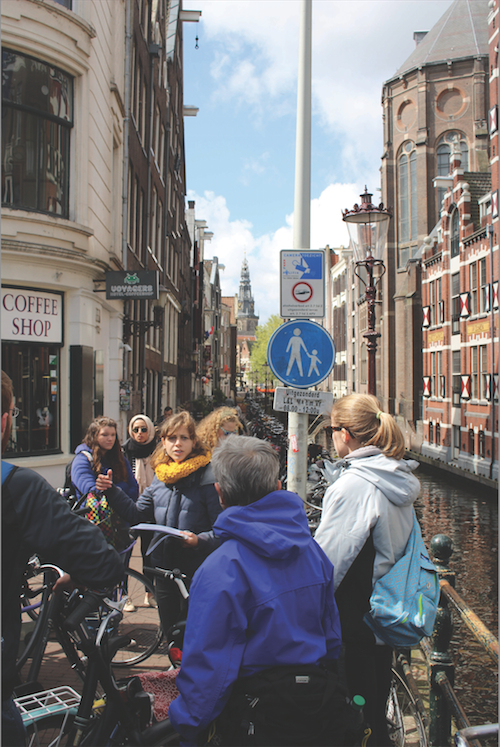 From using bikes to get around to alternative energy and housing methods, the students were exposed to a sustainable lifestyle at every turn.In the Netherlands, a densely populated country under constant threat of inundation, government and society has long been aligned in a common battle to ensure flood protection and safety. This historic allegiance ensures a buy-in throughout the populace and a commitment to work together to prevent environmental disaster. And over the centuries, the nation’s success in flood control has grown to address food, air, energy, building, neighborhood development, population control, and other issues. Official policy is not just developed for citizens, but with the direct input and participation from citizens.
From using bikes to get around to alternative energy and housing methods, the students were exposed to a sustainable lifestyle at every turn.In the Netherlands, a densely populated country under constant threat of inundation, government and society has long been aligned in a common battle to ensure flood protection and safety. This historic allegiance ensures a buy-in throughout the populace and a commitment to work together to prevent environmental disaster. And over the centuries, the nation’s success in flood control has grown to address food, air, energy, building, neighborhood development, population control, and other issues. Official policy is not just developed for citizens, but with the direct input and participation from citizens.
“It’s just a completely different model over there,” Ryan says. “In Holland, if you want to revitalize an area, for example, you start with an anchor project. That could be a park, a playground, a garden, anything, like Railroad Park here. But there, they give the neighborhood ownership. The residents lead the discussion of how the project will take shape. It’s not a situation where the original inhabitants are displaced to build something. Everyone is working together and exploring all of the issues together. For example, if you built a community garden, does everyone have a way to get to it? What modes of transportation are needed to get there? What needs to happen to connect people to the project?”
In addition to seeing the specific benefit of a given project (a new housing unit, a new park or garden), they also saw the secondary social benefit. “They can take an undesirable area, maybe where people have been fearful and suspicious, and you get them talking together to work on a project, they get to know each other, and it transforms an area,” Ryan says.
Tucker says that examining the forces that allow or prevent change from happening was also a valuable experience for the students. “We connected with fascinating groups of change agents, interdisciplinary teams that are analysing sustainability solutions from a systems perspective, i.e. examining the interacting influences that could promote or block efforts for change,” she says. “A key experience for the students was a workshop provided by the Dutch Research Institute for Transitions (DRIFT), which takes systems analysis one step further and develops models for what changes will initiate a transition toward sustainability.”
As the UAB students explored what worked and what didn’t in the Netherlands, the separation between the food/water/buildings groups disappeared. “All three groups ended up colliding,” Ryan says, “and that was a great thing to watch. Because of course when you think about the way people live, you can’t separate food from water. Water consumption is directly tied to food production. And the same with buildings: What demand does development put on the water supply? Do building residents have access to food?”
As they had done in Birmingham, the students met with Dutch experts and policymakers, too, to learn how methods that were once seen as progressive and even unusual had become embraced as standard policies. This question—how to convince people to change their behaviors, work together, and in turn accept what was once challenging as ordinary and customary—captivated many of the students and infused their class projects.
Change Agents
Once home, the students spent the remainder of the summer completing their course assignments writing and presenting their ideas and findings to Ryan and Tucker. But the trip was so inspiring, that many of the students were motivated to continue their work beyond the structure of the course itself. “The goal was to come back with something that was feasible—to come back with ideas so they could then share with local stakeholders,” Ryan says.
To that end, Tucker and Ryan encouraged students to meet with local partners to see where those conversations would lead, including job opportunities. ”We have several students who are doing internships or are planning to work at Southern Company,” Ryan says.
Likewise, the students were challenged to find ways to bring their ideas about development and urban planning to Birmingham, right as the downtown district is seeing historic growth. “One thing that has emerged is taking abandoned warehouses in Birmingham, of which there are many, and really finding entrepreneurial opportunities with those, in housing, food, anything,” Ryan says.
Tucker adds that, just as the DRIFT teams applied sophisticated analytics to understand why some projects work and some don’t, the students are doing the same with their own ideas. “We’ve challenged them to adopt a systems perspective and conduct a transition analysis, applying these perspectives to the complex process of effecting meaningful and lasting change.”
They’re also circling back to some of the people they met before they left, including Julie Price. “The Netherlands may not be as rosy as it looks from the outside,” Price says. “The students’ experiences there can give us some realistic perspectives on what we can achieve here in Birmingham.”
And Tucker and Ryan are looking for ways the students can share their ideas with other thought leaders in the city.“ Most of them are really committed to this project, so we’re just going to keep going,” Ryan says.
No matter what comes of the students’ plans, Ryan says success can already be measured. “The idea was always to come back and do something here,” she explains. “Not to pretend that Birmingham is the Netherlands, because it’s not. But to simply think about things differently. And I have to say, they have amazing ideas.”

